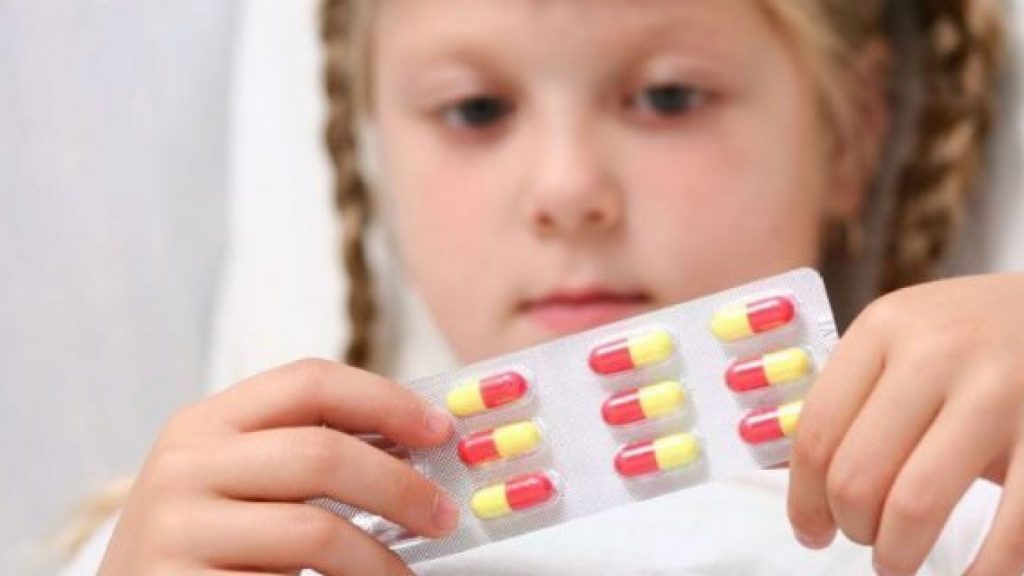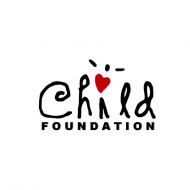by Hannah Stevenson
Modern medicine is nothing short of a miracle. Whether it’s vaccines as a child or complicated surgeries and procedures later in life, there are few people who do not owe some portion of their health to medical ‘cures’. Countless amounts of time, effort, and resources goes into these life saving solutions. But some work better than others, and many offer patients truly difficult choices.

Steroids and corticosteroids (like prednisone) are perhaps the most common treatment for Crohn’s disease across all ages. Steroids are used to suppress the inflammation of the gastrointestinal tract, and are the most effective method of treatment to date. They relieve many symptoms of Crohn’s Disease within a matter of days or weeks, and are usually taken as a tablet.
If steroids are so effective and easy to take, why then are they not considered a Crohn’s Disease miracle drug? Have we solved the crisis? Unfortunately, like many things in life, something this good doesn’t come without significant downsides. Steroids come with a long list of terrible side effects ranging from short term and cosmetic to long term and debilitating.
Would you take a pill that listed common side effects of the following?
- Acne
- Redness of the face
- “Chubby cheeks”
- A tendency to bruise easily
- Fluid retention
- Increased appetite
- Weight gain
- Bone loss
- Increased blood pressure
- Increased susceptibility to infections
- Mood swings
- Depression
In uncommon cases steroid use can cause muscle weakness and psychosis. This is why steroids are often used as a short term solutions, but this short term solution often turns into a long term solution when symptoms become unmanageable. Troublingly, in children prolonged steroid use leads to stunted growth, with most pediatric cases averaging a short or much shorter height than most adults. This is because prolonged use of steroids- like treatment of pediatric Crohn’s patients- also results in the following problems in addition to those listed above:
- Osteoporosis
- Cataracts
- High blood pressure
- Steroid-induced diabetes
This is just one reason why lifelong diseases like IBD, Crohn’s, etc. are so frustrating. Not only are the symptoms terrible, but often the treatments are not actually solutions but gateways into other problems. For example, steroids often conflict with other medications and cause complications among other treatments. These complications and symptoms compound into a tangled mess of diagnoses, treatments, treatments for the symptoms caused by the treatments, and problematic interactions between symptoms and side effects.
No two Crohn’s patients are alike. For some, steroids are akin to a cure and Crohn’s symptoms are easily managed. However for the majority, steroid use is simply the beginning of a lifetime cycle of treatments and symptoms. These trade-offs are near impossible to navigate, with so many unanswered questions, side effects that are yet to be discovered, and solutions that simply do nothing but complicate things further.
This highlights our need for a cure, not simply a treatment, for Crohn’s Disease. We need a solution that tackles the problem without trading Crohn’s symptoms for steroid side effects. We remain dedicated as ever to finding a cure for these forgotten children.
Works Referenced:
A. Messori, G. Trallori, G. D’albasio, M. Milla, G. Vannozzi & F. Pacini (1996) Defined-Formula Diets versus Steroids in the Treatment of Active Crohn’s Disease A Meta-Analysis, Scandinavian Journal of Gastroenterology, 31:3, 267-272, DOI: 10.3109/00365529609004877 https://www.tandfonline.com/doi/abs/10.3109/00365529609004877
“Crohn’s Disease Treatment.” NHS Crohn’s Treatment, National Health Society, 4 Apr. 2018, www.nhs.uk/conditions/crohns-disease/treatment/.
Heuschkel, Robert B, et al. “Enteral Nutrition and Corticosteroids in the Treatment of Acute Crohn’s Disease in Children.” Journal of Pediatric Gastroenterology and Nutrition, vol. 31, no. 1, 2000, pp. 8–15., doi:10.1097/00005176-200007000-00005.
Lahad, A., & Weiss, B. (2015). Current therapy of pediatric Crohn’s disease. World journal of gastrointestinal pathophysiology, 6(2), 33–42. https://doi.org/10.4291/wjgp.v6.i2.33 https://www.ncbi.nlm.nih.gov/pmc/articles/PMC4419092/#__sec4title
Sawczenko A, Ballinger AB, Savage MO, Sanderson IR. Clinical features affecting final adult height in patients with pediatric-onset Crohn’s disease. Pediatrics. 2006;118(1):124-129. doi:10.1542/peds.2005-2931 https://pubmed.ncbi.nlm.nih.gov/16818557/
